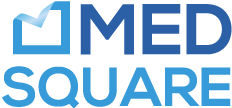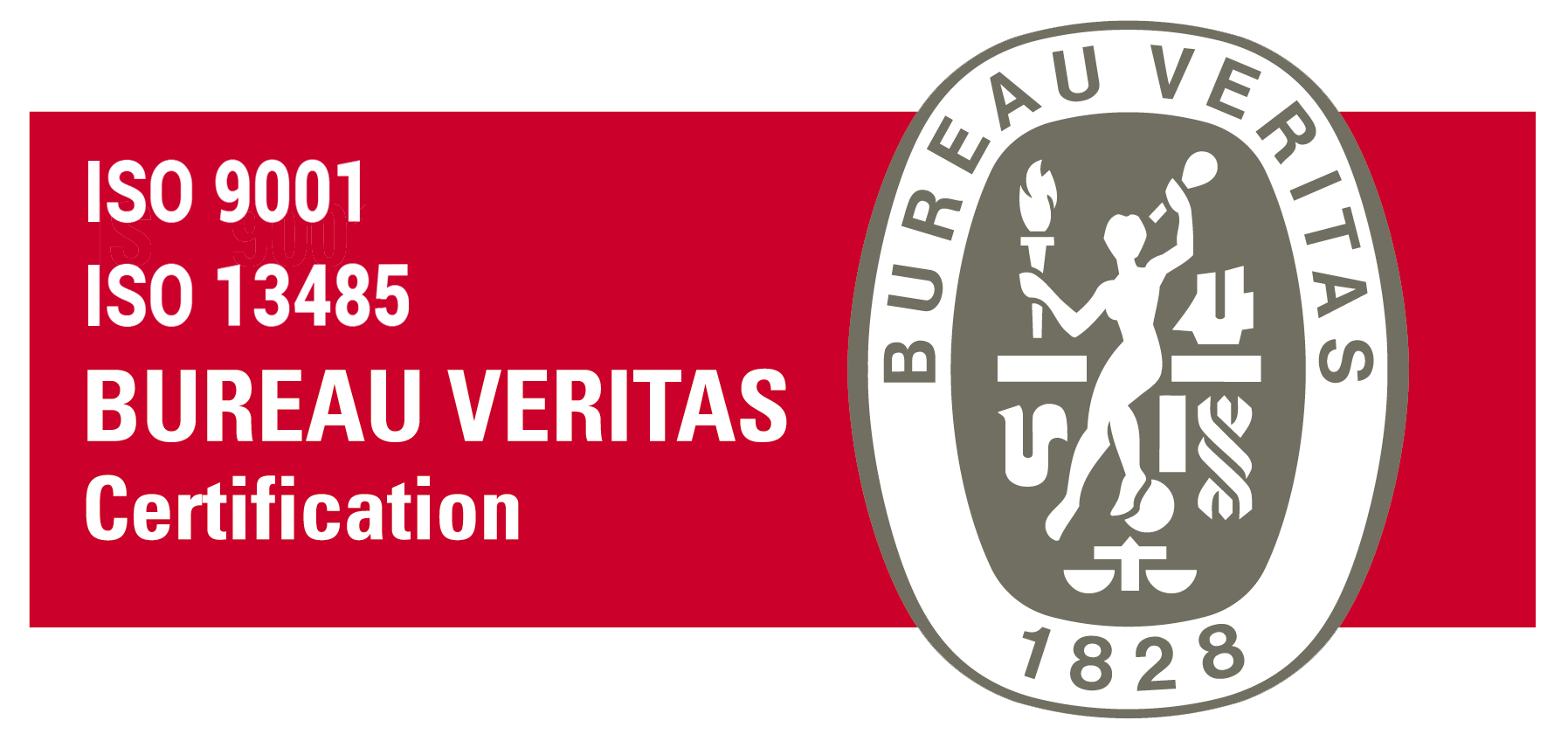Blog
RDM: How does the solution help you strengthen quality and safety in radiology?
Written by : Karen Frangie - 12/10/20 - In Blog
Medical imaging is indisputably one of the areas that has grown steadily over the past 20 years. The benefits of using ionizing radiation are certain, but there is an associated risk for patients. In order to control the doses delivered to patients in medical imaging, a dose management solution such as Radiation Dose Monitor (RDM) is fundamental to strengthening quality and safety in a healthcare institution.
Quality assurance and patient dose monitoring
The quality management system must cover a large part of the patient care involving imaging. Certain requirements must be met that are particularly related to the patient dose management solution. For example, an error or the improper use of equipment can affect the patient’s diagnosis. Therefore, it is necessary that the equipment be monitored by indicators. RDM is able to analyze the radiological equipment of a healthcare establishment (name of the station, manufacturer, number of examinations, etc.) and to identify the patient dose data linked to the modality (level of alert, the patient’s age, list of all procedures) to highlight and correct anomalies.
In addition, the quality management system must formalize the responses to the application of the principles of justification and optimization. Indeed, in just a few clicks, Medsquare’s RDM solution naturally encourages healthcare professionals to quickly and easily justify the patient’s examination. Two paragraphs in Article 55 underline the importance of justification, thus focusing on the patient’s safety in addition to the quality of the image. The RDM patient dose management solution is a valuable tool for justification for these reasons:
• Dedicated screen for tracking alerts and justifications
• Fast and easy justification with ability to create custom fields
• Instant access to the patient’s dose history for decision-making, thanks to the portfolio feature (ability to attach any file or image to the patient records)
• Ability to understand and question one type of exam when the prescribed exams are all necessary and appropriate
• In-depth analysis of the time and type of the patient’s examination
In terms of optimization, RDM makes it possible to highlight the evolution of patient dose data, thanks to periodic monitoring, review of DRLs, and advanced statistical analysis. To identify examinations that deviate from the reference values, the quality tab displays the distribution of dose values according to the type of examination. In particular, the role of the medical physicist is to guarantee the safety of the procedures and to optimize the doses delivered to patients in medical imaging. At the crossroads of medicine and IT, the medical physicist plays a key role in strengthening prevention and patient safety.
Finally, the fact that a healthcare institution has initiated a process to improve quality and safety is a guarantee of confidence.
 Download PDF
Download PDF
